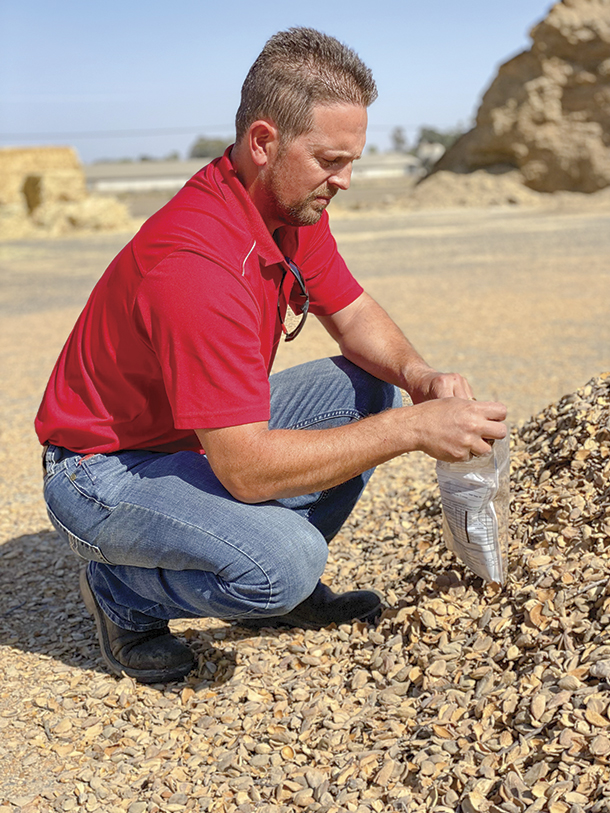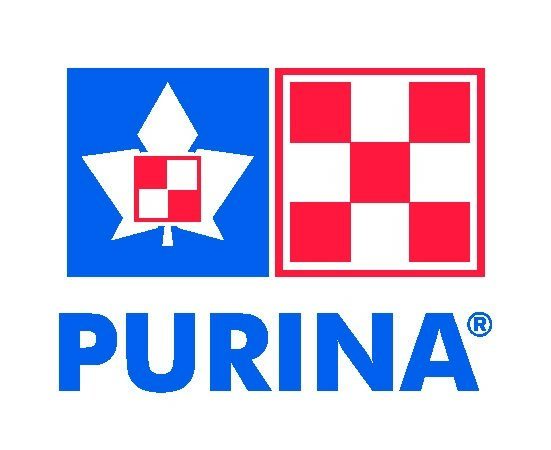What Type of Feed Supplement is Almond Hulls
Almond hulls are an energy and fiber source I have utilized since starting 18 years ago as a nutrition consultant in California. More than 90% of the dairy farmers I work with feed almond hulls as a concentrate, silage extender or both.
Unique to California's dairy industry is its abundance of byproducts – almond hulls being one of those. Though versatile, for some dairy farmers the availability of almond hulls can be a dilemma. Many California dairies find themselves landlocked between almond fields with minimal options to expand their own farmground for silage production. Still, dairies can benefit from greater access to almond hulls, which fill the need for a low-cost byproduct that may be used for extending silage inventories, replacing starch, and can be fed to various age groups.
Silage extender and concentrate
Incorporating almond hulls on dairies makes sense for a few reasons:
1. Almond hulls' energy values are comparable to corn silage, making it an effective silage extender.
2. Almond hulls can be a cost-effective substitute for other high-energy concentrates and starch ingredients. Depending on the level of almond hulls fed, some corn can be substituted out by trading some dietary starch for the sugar provided from the almond hulls.
3. Almond hulls' sugar content can add palatability to a ration.
Comparing almond hulls to corn silage

Almond hulls offer a similar energy value when compared to corn silage. The amount of energy available to support milk production (NEL-3X) of almond hulls ranges between 67% and 70%, while corn silage's NEL-3X is between 70% and 72%.
Almond hulls are also more cost-effective than corn silage. Recently, almond hulls have been on the market for $135 a ton, and on a dry matter (DM) basis that's about $155 a ton. Whereas corn silage values have been somewhere in the $80 to $85 cured, and on a DM basis that's $250 a ton. Additional cost savings may be had by dairy farms who substitute almond hulls as a concentrate or energy ingredient.
Cost-effective energy
Looking at an almond hull, you may not think it contains much energy, but each hull is a little over 20% sugar.
Most of the hull's energy comes from soluble sugars. In comparison to other energy sources like starch, soluble sugars are easier to digest, and when fed as a starch replacement can lessen the occurrence of nutritional ailments like laminitis and acidosis. Even if your dairy doesn't need almond hulls as a silage extender, you can still use them as a substitute for some starch. Also, comparing almond hulls to other energy ingredients, such as corn, is always worth examining to see if it saves your dairy money without challenging the integrity of the diet.
Approach to feeding almond hulls
Almond hulls can be fed to various age groups: fresh cows; high-, mid- and low-lactating groups; and heifers. Its fiber source helps slow down the passage rate of feeds and can cause a positive butterfat response in lactating cows.
Depending on the nutrient profile of the silage the almond hulls are substituting, I typically enter it in a dairy's nutrition model as a 50% forage and 50% concentrate. It's one of those "in-between" feedstuffs; some dairies might use it as a concentrate while others use it as a forage. I prefer to use it as both.
Take note of quality
Regularly pulling samples of almond hulls ensures quality and assists in determining where and how the hulls fit into a ration based on the sample's nutrient profile.
Currently, the FDA allows up to 15% almond shells (an indigestible byproduct) to be in salable almond hulls. Periodically checking loads can help keep quality and consistency higher. When I first started feeding almond hulls, some loads contained about 50% hulls and 50% trash (shells, sticks and twigs). It's important for farmers to understand the legal quality required of the product and how to identify a low-quality load.
Lower-quality almond hulls can be expected at the tail end of each year's harvest. Harvesting almond hulls typically occurs from late July to early August. After 10 or 11 months post-harvest, farmers should be more vigilant for mycotoxin causing molds and product inconsistencies.
Fitting it into the ration
As a rule of thumb, I like to start at 2 to 3 pounds per cow per day. Before substituting the almond hulls as a silage, I utilize our system for dairy to see the parametric nutrition values and compare those to corn silage and other silages available on-farm. Since almond hulls vary around 90% DM, many dairies utilize it as a silage extender at a 3-to-1 ratio (3 pounds silage or forage fed to 1 pound almond hulls fed).
It's important to have a consistent and conservative approach to maximizing silage inventories, cow health and production goals on-farm. Feeding almond hulls year-round creates consistency in the amount of silage, forage and almond hulls fed. Ultimately, fewer fluctuations in diet lessens the chance for fluctuations in animal performance – a worthy objective on most operations.![]()
PHOTOS:Almond hulls' high energy profile makes it a cost-effective substitute for concentrates and starch ingredients and as a silage extender.Photos provided by Michael Oliveira.

-
Michael Oliveira
- Nutrition Consultant
- Cargill
- Email Michael Oliveira

Purina is a partner for your farm's dairy nutrition. For more than a century we have constantly worked to develop our products, our services and to create management tools that will add value to your dairy operations.

Volac is a fast-growing, ambitious international dairy business. We turn our passion for dairy nutrition into great products that advance the health and performance of consumers and farm animals.

Driven to unlock the greatest potential in every animal, Purina Animal Nutrition LLC offering a valued portfolio of complete feeds, supplements, premixes, ingredients and specialty technologies for the livestock and lifestyle animal markets.
Source: https://www.agproud.com/articles/54890-almond-hulls-substituting-sugar-for-starch

0 Response to "What Type of Feed Supplement is Almond Hulls"
Post a Comment